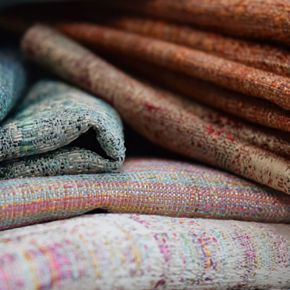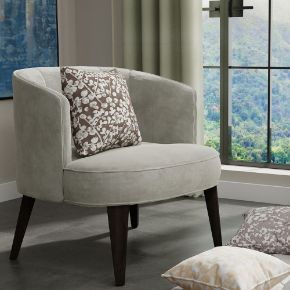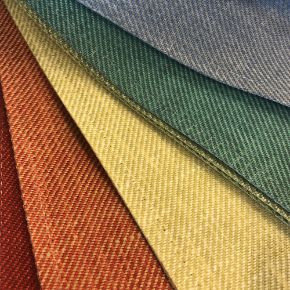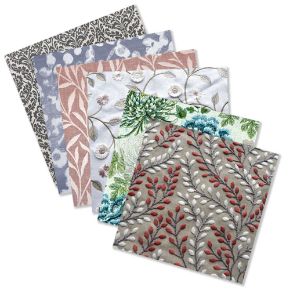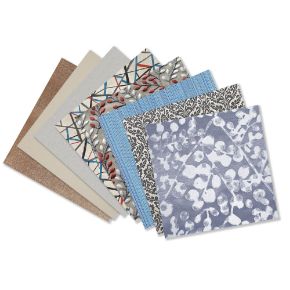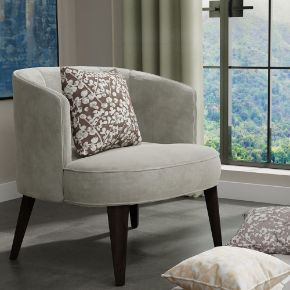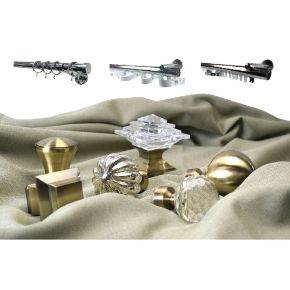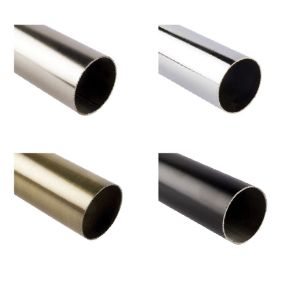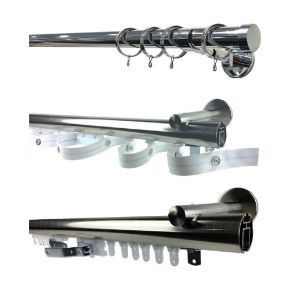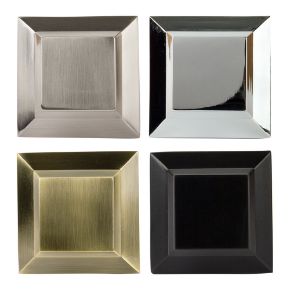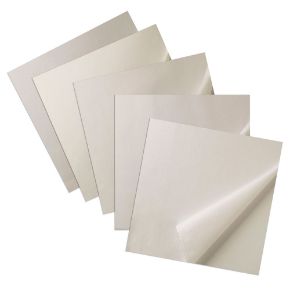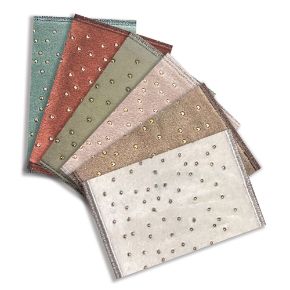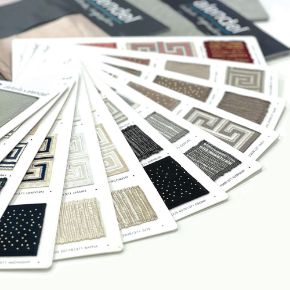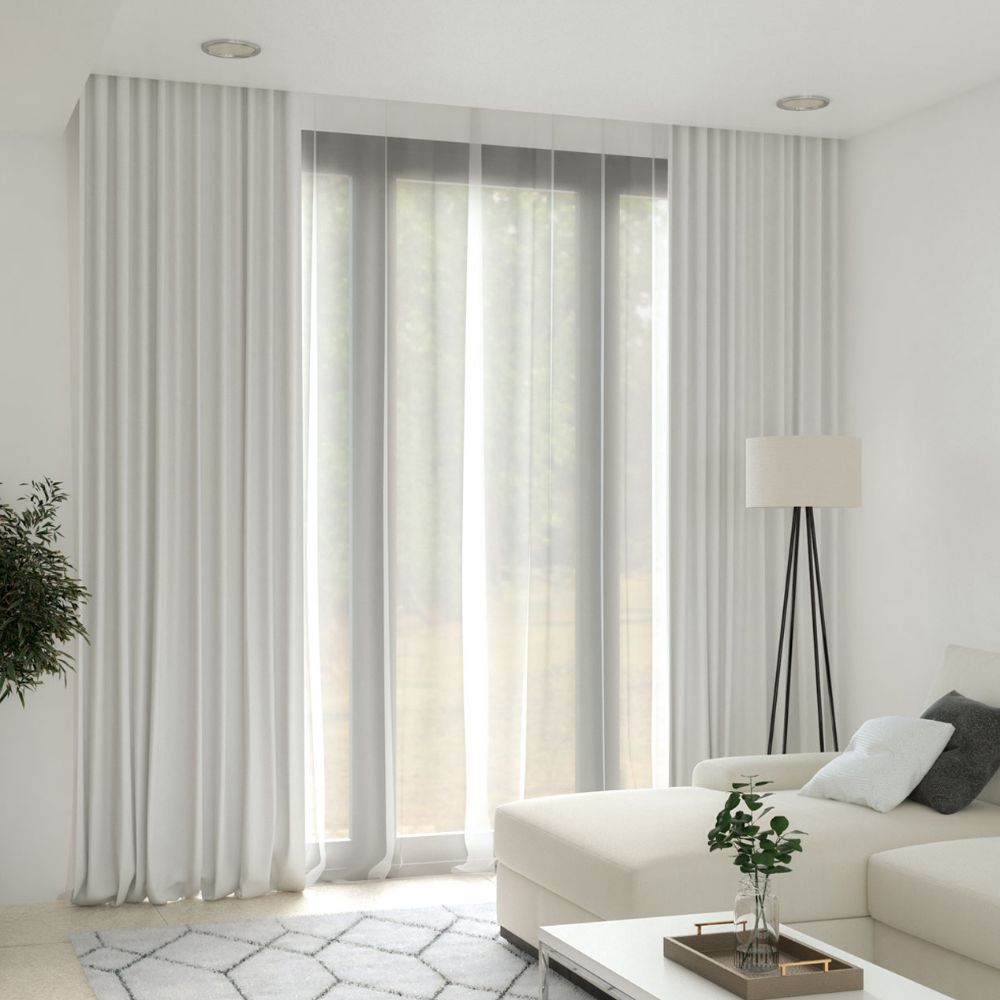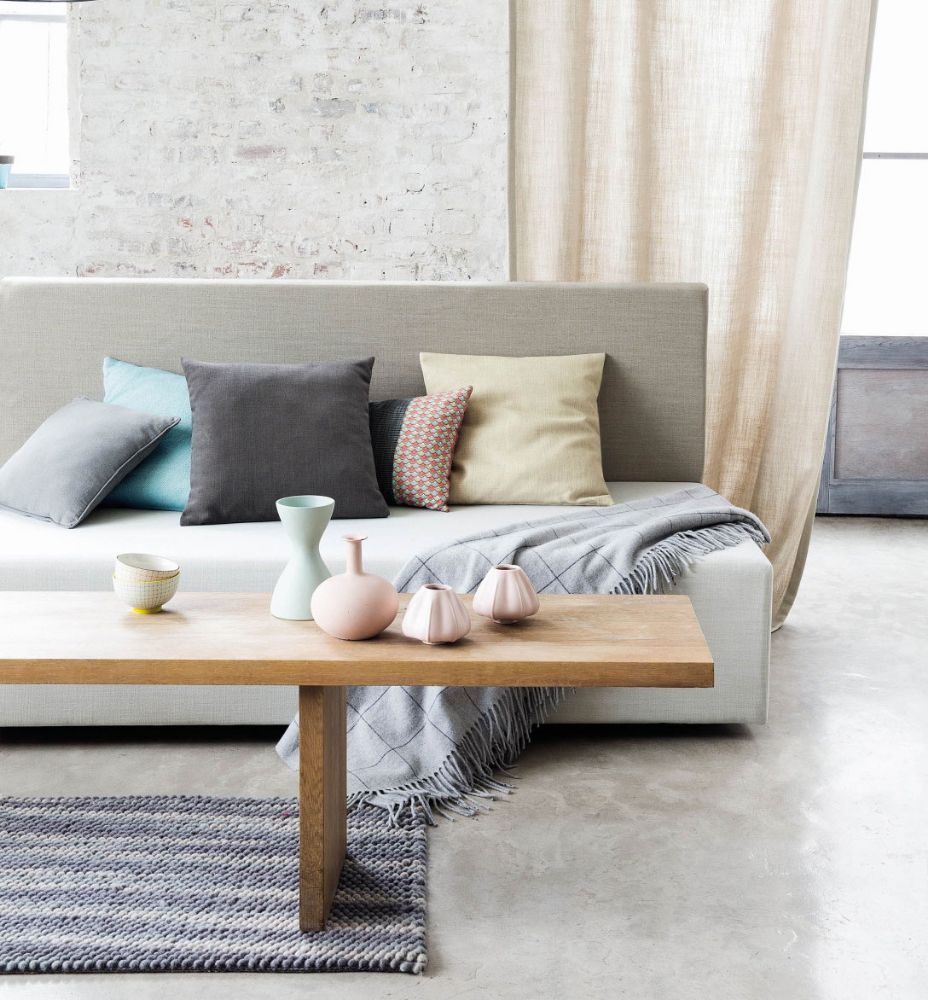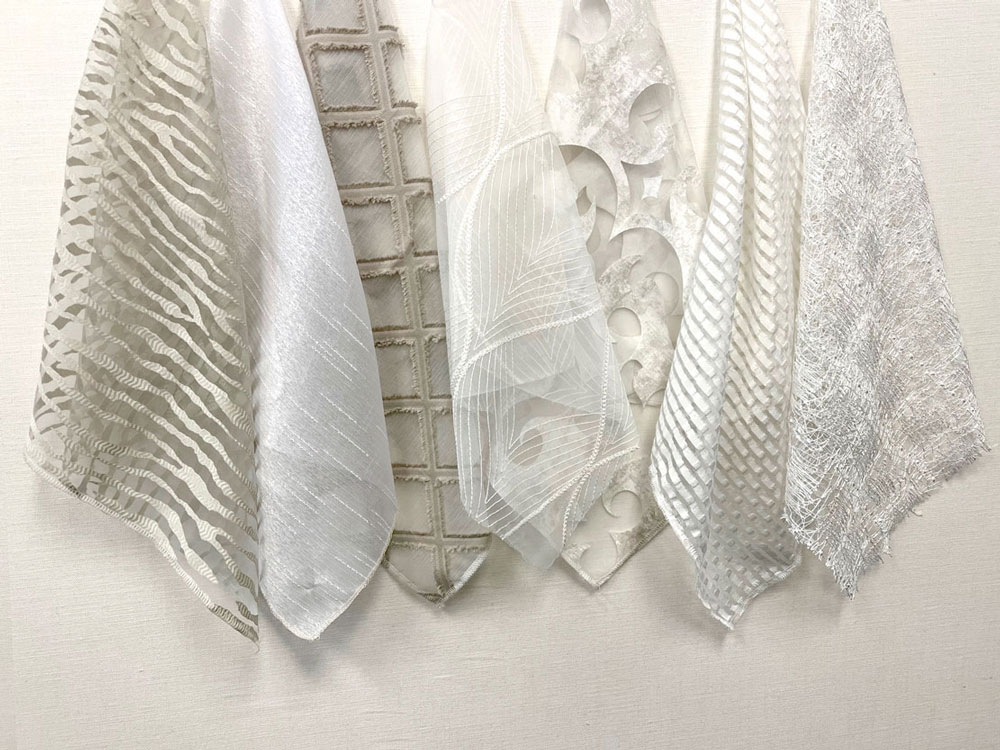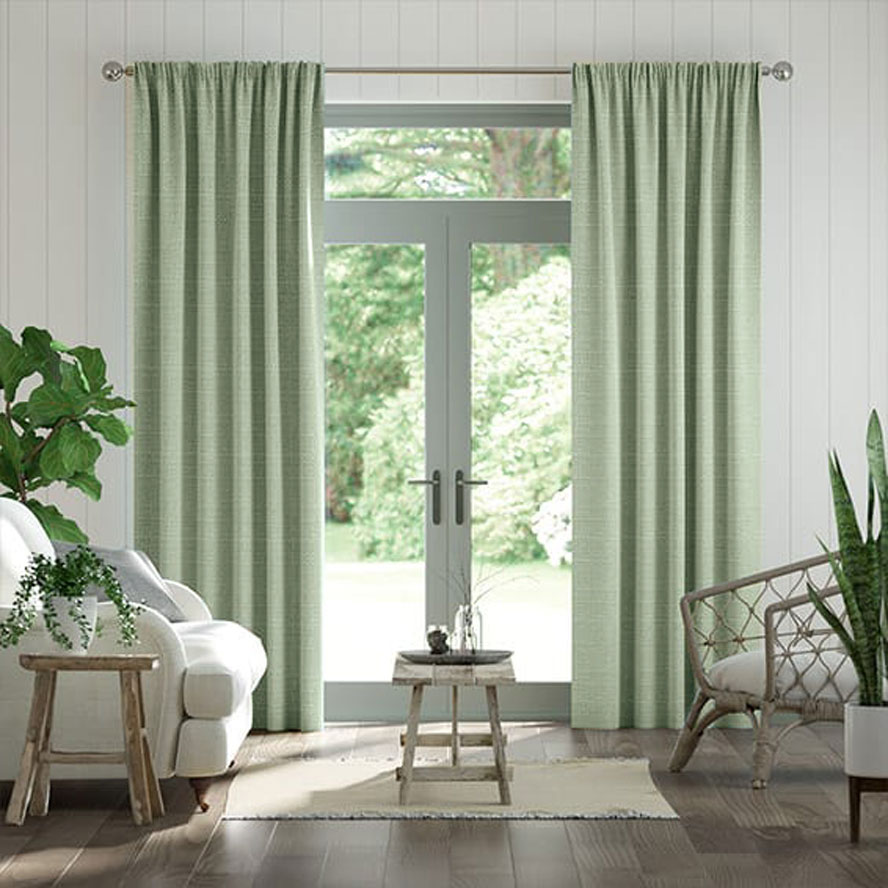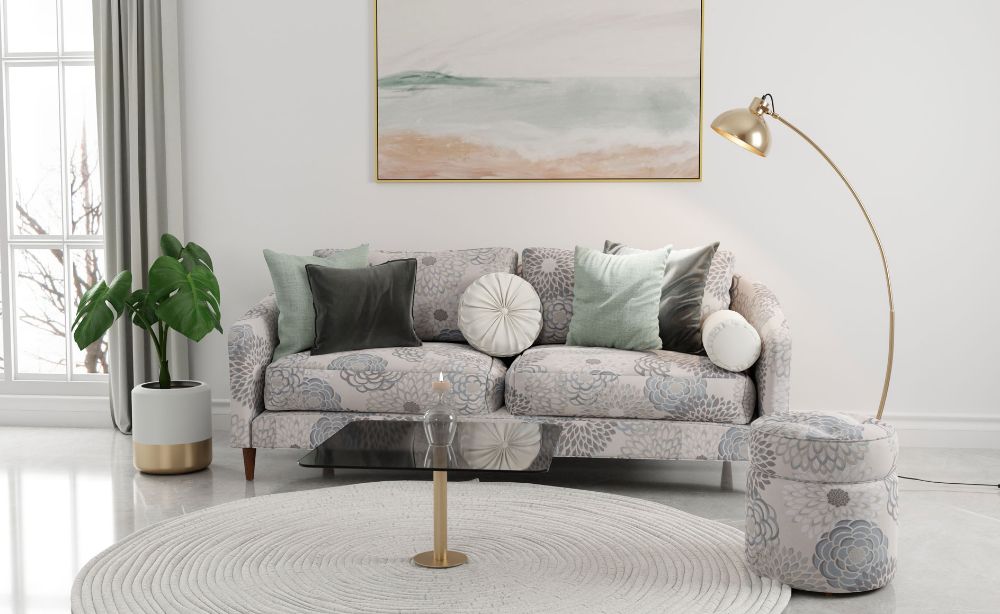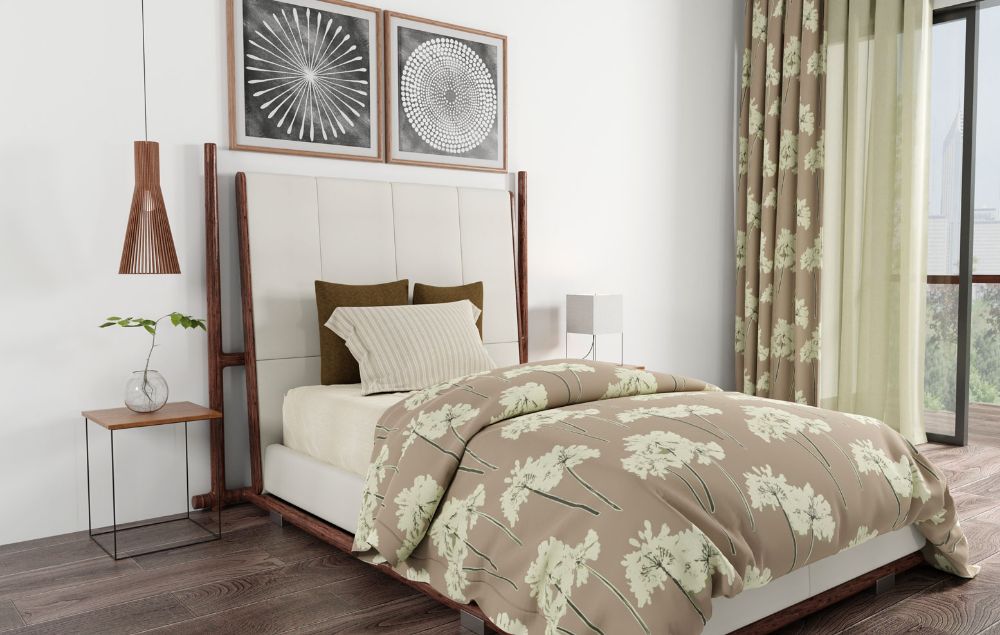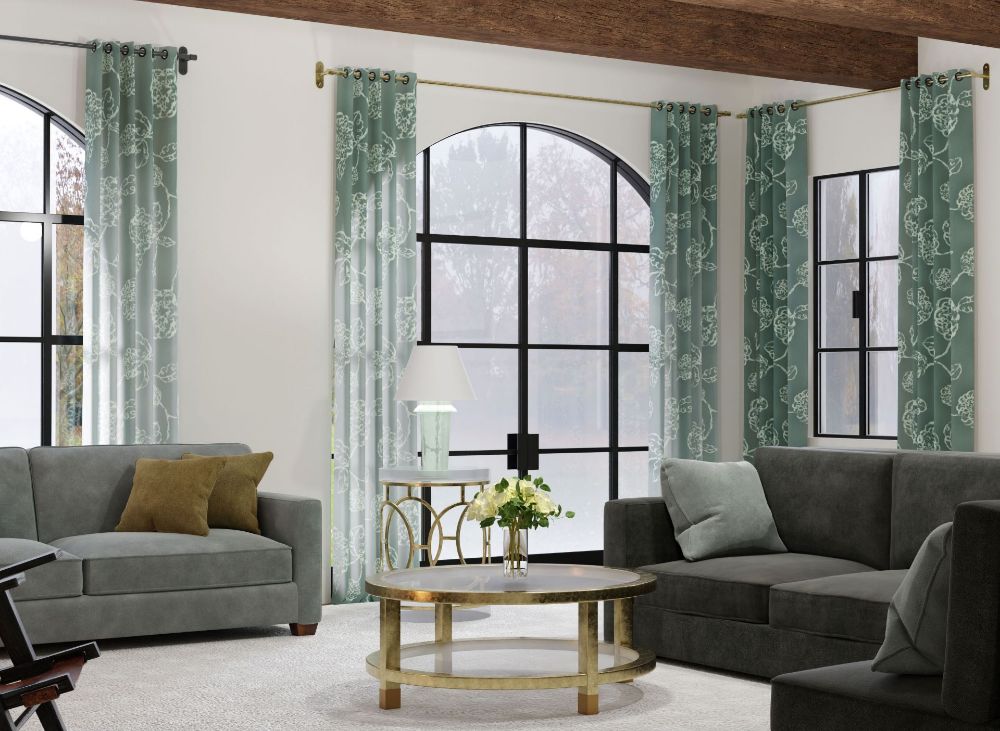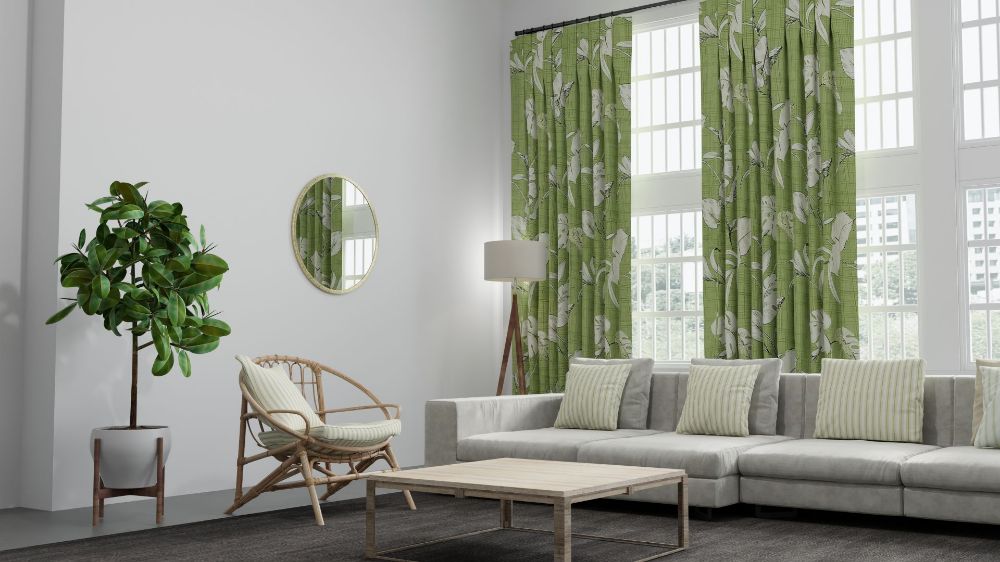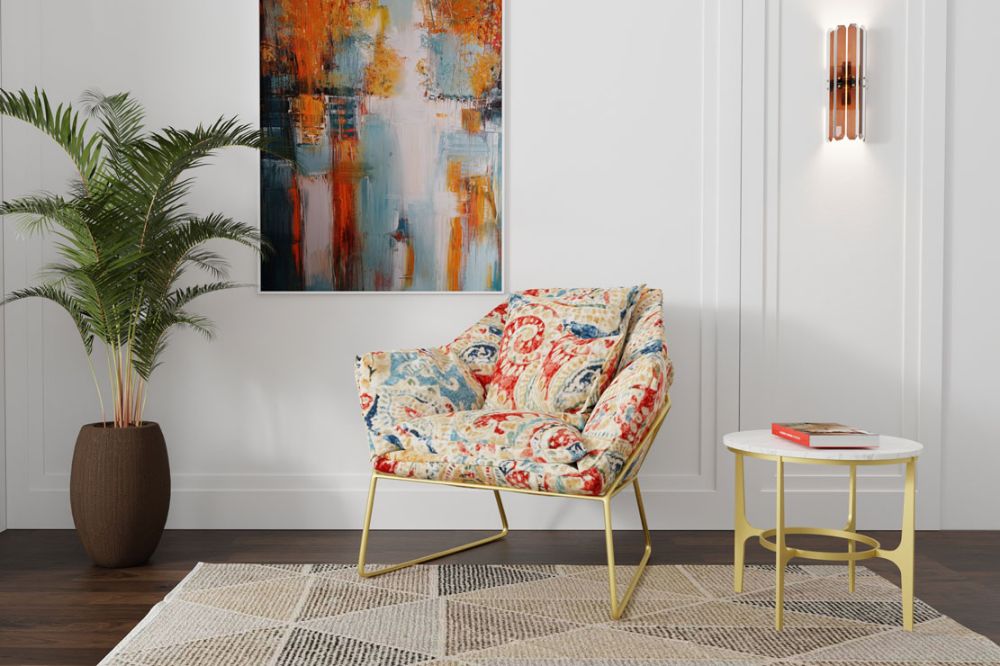-Camera-3_1000.jpeg)
If you're looking to add some personality and interest to your outdoor space, mixing and matching different fabrics can be a great way to achieve a unique and personalized look. One popular trend is to mix striped fabrics with plain fabrics to create a balanced and cohesive aesthetic.
When it comes to outdoor upholstery and pillows, using striped fabric can add a playful and nautical touch to your decor. But to prevent the space from feeling too busy or overwhelming, it's important to pair the stripes with coordinating plain fabrics.
The Outdoor Performance 2 collection offers a variety of plain textures and colors that can be easily paired with the multi-colored stripes for a fresh and modern look. For example, the Noto and Monopoli plain textures offer a subtle texture that complements the bold stripes, while the Genoa pattern features a mélange of colors that can be used to tie together the different elements of your outdoor decor.
When mixing and matching fabrics, it's important to consider the overall color scheme and the scale of the patterns. To create a cohesive look, choose fabrics that share a similar color palette or that feature complementary colors. You can also experiment with different scales of patterns, such as pairing a large-scale stripe with a smaller-scale plain fabric.
In addition to creating a visually interesting space, using high-performance outdoor fabrics ensures that your upholstery and pillows will withstand the elements and remain looking great for years to come. The Outdoor Performance 2 collection is designed to withstand fade, water, and mildew, making it perfect for use in outdoor settings.
Mixing and matching stripes with plain fabrics is a great way to add personality and interest to your outdoor decor. With the Outdoor Performance 2 collection, the possibilities are endless. Try out different combinations to create a personalized and unique look that will make your outdoor space feel like hom

